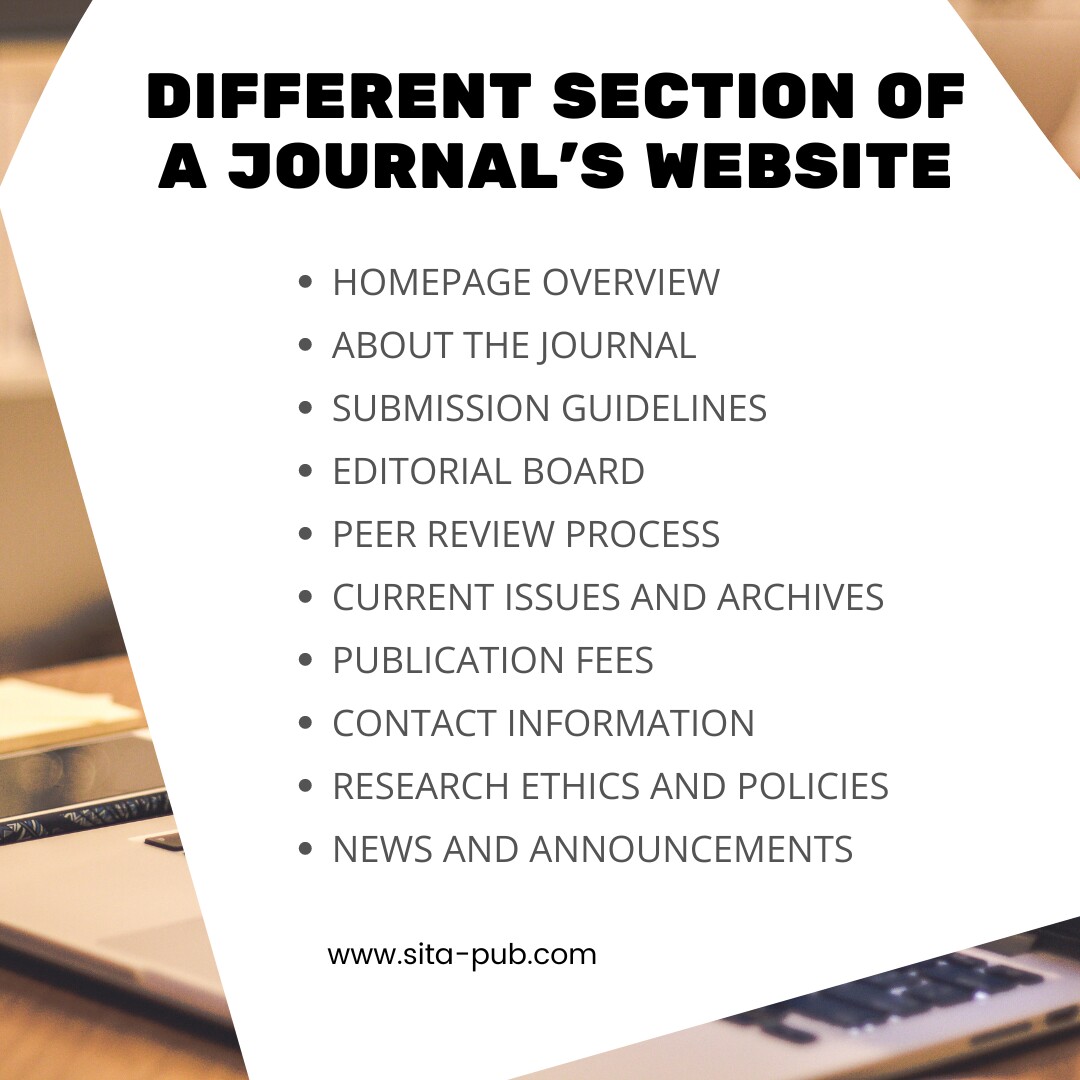A Simple Guide to Understanding a Journal's Website


Publishing your research in a journal is an important step for many researchers. However, navigating a journal's website can sometimes be confusing. This guide will help you understand the key parts of a journal's website so you can successfully submit your work.
The homepage of a journal's website is like the front door. It usually shows the journal's name, logo, and mission. Take some time to look around. You may find information about the journal's focus, the type of research it publishes, and the audience it serves. This will help you decide if the journal is a good fit for your research.
Look for a section called "About" or "Journal Information." Here, you’ll find important details about the journal, including its aims and scope. This section explains what kind of articles the journal publishes and what topics are welcome. Knowing this will help you understand if your research aligns with the journal's goals.
One of the most crucial parts of a journal's website is the "Submission Guidelines" or "Author Instructions" section. This is where you will find all the details on how to submit your paper. Here are some key points to look for:
Formatting Requirements: Journals have specific rules for how your paper should look. This can include font size, line spacing, and heading styles. Follow these guidelines closely to avoid rejection.
Length of Manuscript: Most journals specify how long your paper can be. Make sure your work fits within these limits.
References and Citations: Different journals use different styles for citations, like APA or MLA. Check which style the journal prefers and format your references accordingly.
Figures and Tables: If your research includes charts or images, the journal will have guidelines for how to present these. Look for details about resolution and file format.
The "Editorial Board" section lists the people responsible for reviewing submissions. These individuals are experts in their fields. Knowing who they are can give you confidence in the journal's credibility. If you recognize names of well-respected researchers, it could be a good sign that the journal is reputable.
Understanding how the peer review process works is important. Look for a section that explains how your paper will be evaluated. Most high-quality journals use a peer review system, where other experts review your work before it is published. This section may explain how long the review takes, how many reviewers will look at your paper, and what criteria they will use.
Check out the "Current Issues" or "Archives" section. This is where you can read articles that have already been published. Look at the types of articles in recent issues. This will give you a sense of what the journal values and what kinds of studies they accept. It’s a great way to see if your work fits their style.
Many journals charge fees for publishing, so look for a section on "Fees" or "Article Processing Charges." Understanding these costs ahead of time is important. Some journals may offer waivers for authors from developing countries or for certain types of articles.
If you have questions or need help, find the "Contact" section. Here, you can usually find an email address or phone number for journal staff. It’s okay to reach out if you need clarification on the submission process or have specific questions.
Look for information on research ethics. This section explains the journal’s policies on plagiarism, conflicts of interest, and other important ethical guidelines. Understanding these policies is crucial for maintaining integrity in your research.
Check for a "News" or "Announcements" section. Here, the journal might post updates about upcoming issues, special calls for papers, or changes in editorial policies. Staying informed can help you catch important deadlines or opportunities to submit your work.
Navigating a journal's website may seem daunting at first, but by understanding these key sections, you can make the submission process smoother. Take your time to read through each part of the website carefully. This will not only help you prepare your manuscript correctly but also increase your chances of getting published. Good luck with your research!
Why Choose SITA Academy?

Team of human professionals

Quality Assurance

Timely delivery

Satisfaction guarantee
If you have any questions, inquiries, or would like to learn more about our services, please don't hesitate to reach out to us. Our dedicated team is ready to assist you.